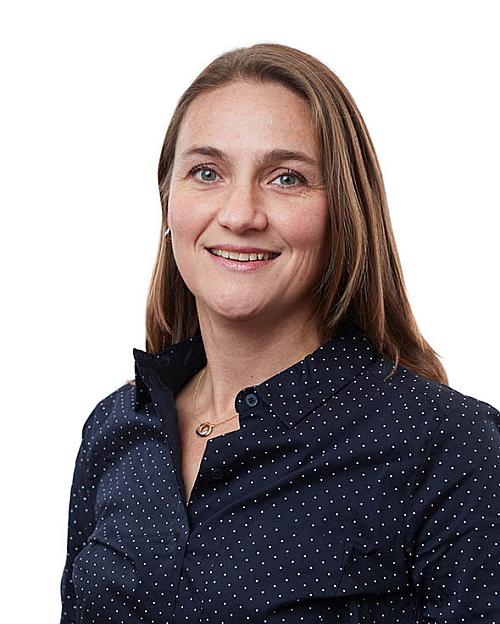New lighting network had conference at Jönköping University
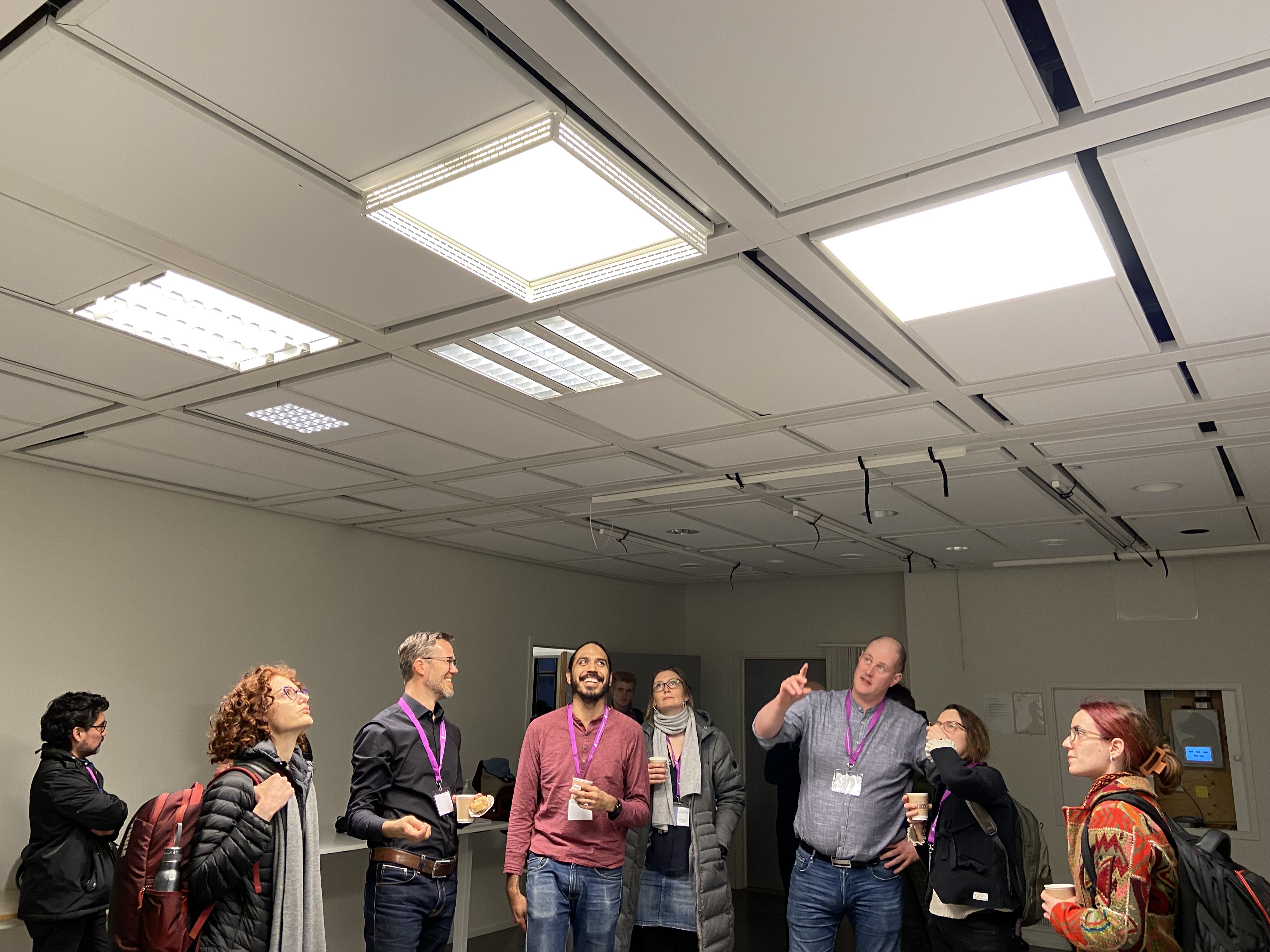
Different types of lighting with so-called 60x60 luminaires were shown. during the lighting conference at the School of Engineering, Jönköping University.
On 12 May, students, researchers and companies participated in the Light Awareness-Measurement and Application conference at the School of Engineering (JTH) at Jönköping University (JU).
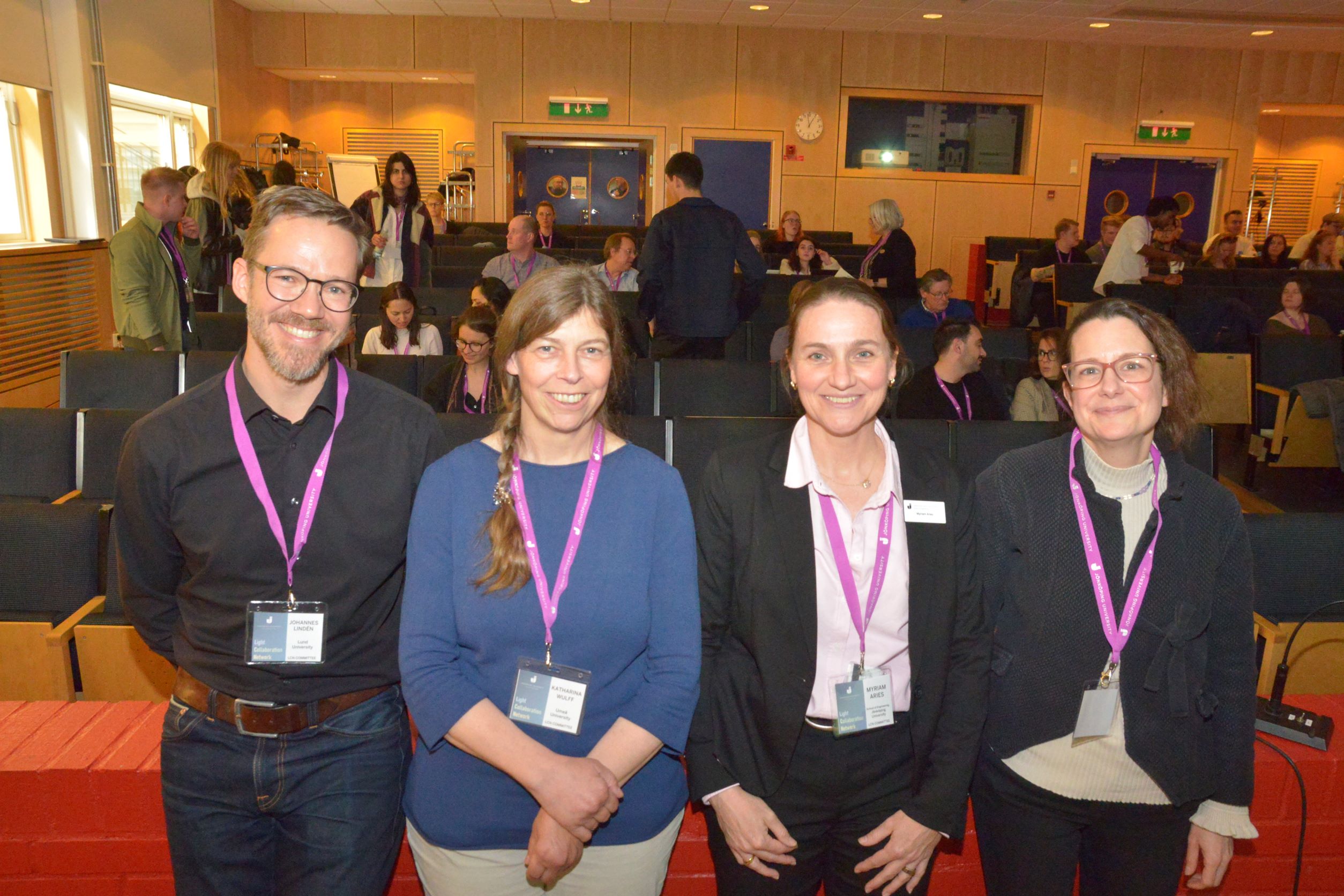
Johannes Lindén, Lund University,Katharina Wulff, Umeå University, Myriam Aries, Jönköping University, och Ute Besenecker, KTH, are all part of the Light Collaboration Network. They each gave a lecture during the conference.
“It was a great conference, I am completely overwhelmed,” says Johannes Lindén, light researcher at Lund University and one of the lecturers during the conference.
About 85 people participated in the conference, which was organised by the newly-formed Light Collaboration Network (LCN) and the Department of Construction Engineering and Lighting Science at JTH. The purpose of the conference was to inform about new research on how light affects people's well-being, and to bring together lighting design students from different universities.
Light flicker and color temperatures
About 35 lighting design bachelor’s students from JTH and master’s students from the Royal Institute of Technology in Stockholm (KTH), attended the conference together with researchers and teachers from JTH, KTH, Lund University and Umeå University. Representatives from Fagerhult's lighting and Hide-a-lite also participated. Among other things, they took part in lectures and experiments on themes such as light flicker, glare, different color temperatures and measurement of light.
“It is exciting to learn more about new research on lighting. Light is everywhere and affects so much more than you think, so it is super important,” says Henrik Lindberg from the Lighting Design programme at JTH.
KTH student Elsa Frisén thought it was very instructive to be part of the conference.
“It is valuable for us to meet all knowledgeable researchers and fun to exchange thoughts and ideas with the lighting design students at JTH,” she says.
"You get the feeling of being at the dentist"
In one of the lighting design labs different types of lighting with so-called 60x60 luminaires were shown.
“There are good examples of 60x60 luminaires, but often the lowest price for lighting is sought for public environments and so then the quality of lighting matches this. Strong luminous surfaces against dark surfaces are difficult for the eye and can lead to tension headaches, fatigue and reduced work capacity. You get the feeling of being at the dentist and you do not want that. Instead, you should have softer light that can also be directed upwards,” says Johan Röklander.
"A huge challenge"
Johannes Lindén, coordinator of the Light Collaboration Network, believes that it is very important to meet and network in this way.
“It leads to interactions, synergy effects and collaborations as well as inspiration for students to learn more, because light is a complex and multidisciplinary subject, he says.
Good lighting is not always noticeable, according to Johannes Lindén.
“When you walk into a room and feel how nice it is there but do not know why, then it can be due to good lighting. It is a huge challenge to achieve that in everyday life, that the lighting has an effect, but that it does not stand out, he says.
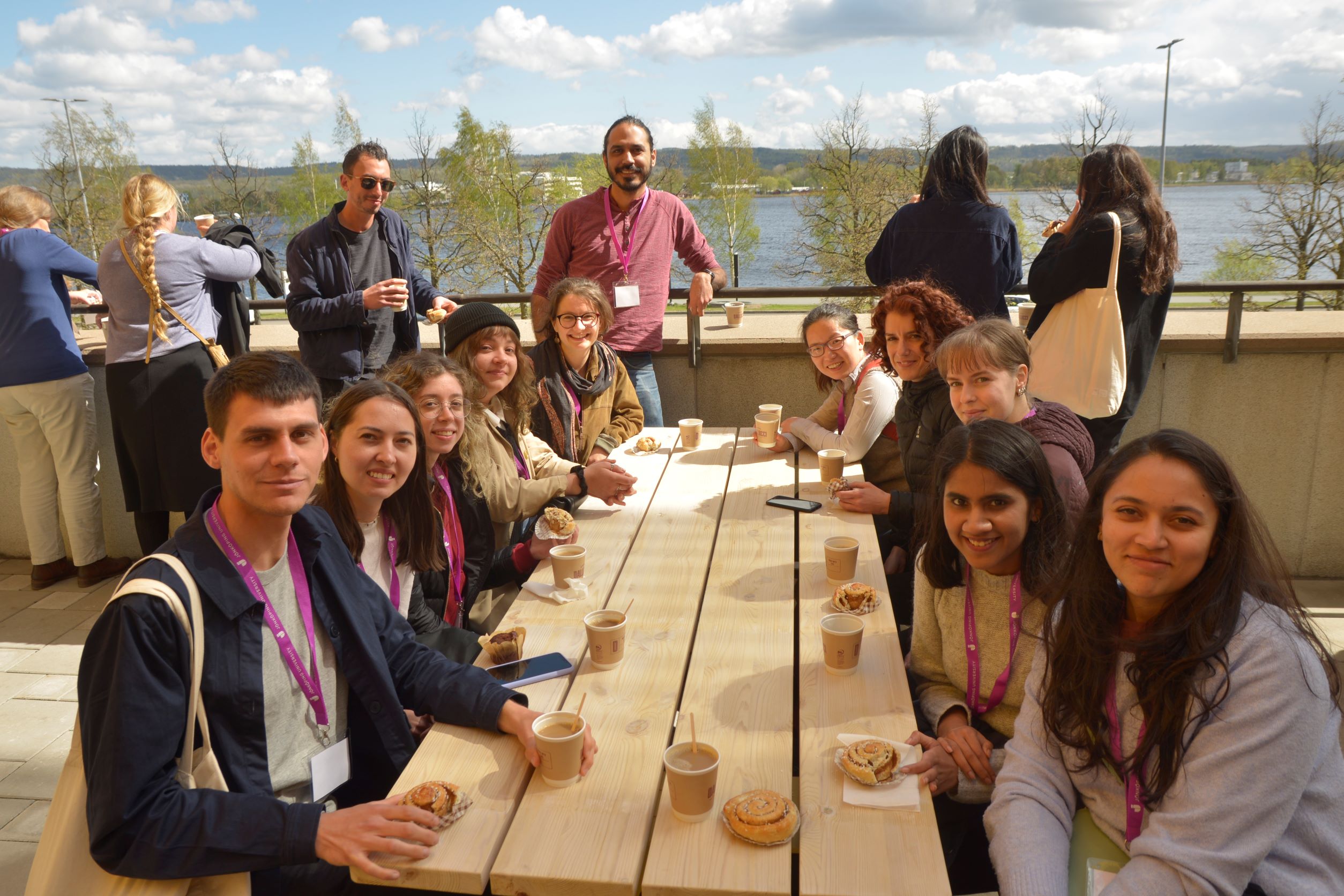
KTH students in the sun during a coffee break.

“It is exciting to learn more about new research on lighting," says Henrik Lindberg, one of JTH's Lighting Design students at the conference.
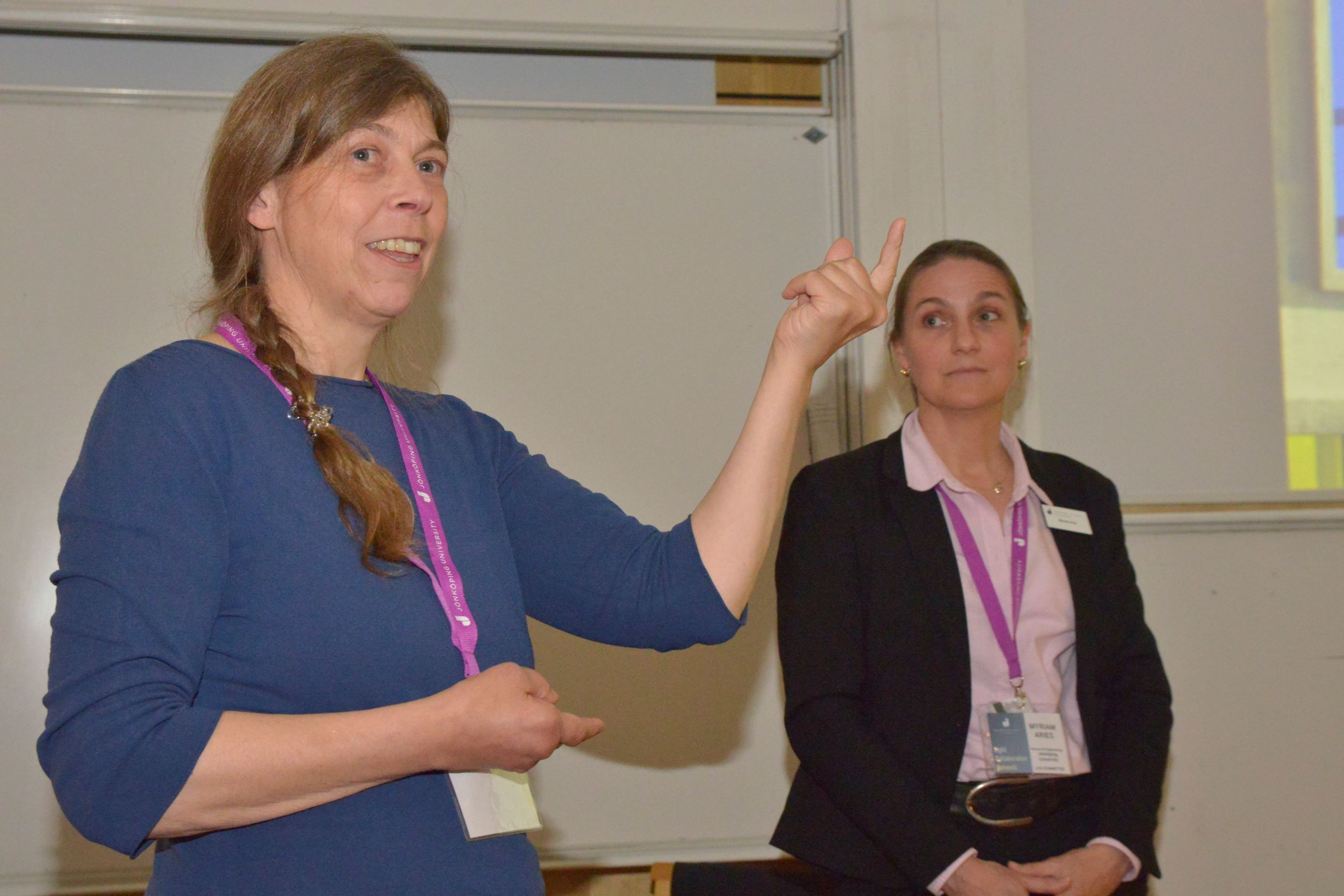
Katharina Wulff, Associate professor at Umeå Uniersity and Myriam Aries, Professor Lighting Science at the School of Engineering, Jönköping University, during their lectures.
Facts
The Light Collaboration Network is a network open for anyone with an interest on light and lighting. The committee of the network consists consists of a total of five researchers from KTH, Lund University, Jönköping University, Umeå University. The network´s representative from Jönköping University is Myriam Aries, Professor Lighting Science at JTH.
Read more about the Light Collaboration Network here External link, opens in new window.
- Professor Lighting Science
- School of Engineering
- myriam.aries@ju.se
- +46 36-10 1522

